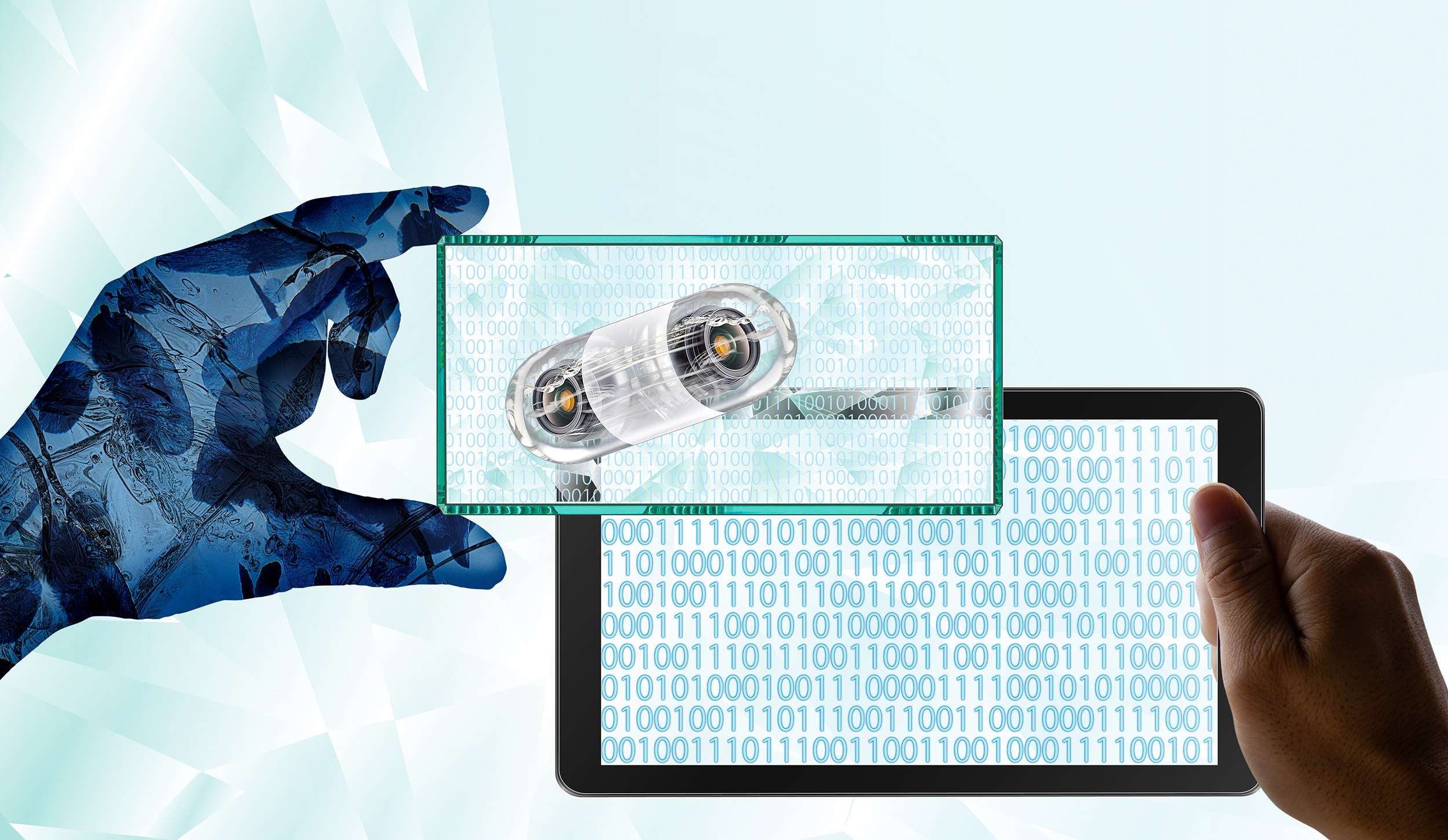
The use of artificial intelligence in GI endoscopy has moved to the top of the American Society for Gastrointestinal Endoscopy’s Gastrointestinal Endoscopy Editorial Board’s top 10 most significant developments list for 2020.
Also making the 2020 list were single-use duodenoscopes and other disposable technologies, such as duodenoscopes with disposable endcaps or elevators.
Ranking No. 3 in 2019, an increase in published literature detailing the use of AI in endoscopy — especially in diagnosing cancer — has pushed the new-wave technology to the top of the list.
The board considers AI “poised to change endoscopy in the near future” while recognizing that barriers remain for full implementation, particularly cost.
The GIE editorial board compiles its top 10 list annually to highlight the most significant developments in GI endoscopy. The rankings are based on four criteria: significance, novelty, impact on national health, and impact on global health. This latest list was published in the September 2021 issue of GIE.
Single-use and partially disposable duodenoscope technology, the board says, addresses the “growing concern that standard duodenoscopes may simply be impossible to reliably disinfect.”
The challenges of reprocessing duodenoscopes have long been documented in research, and the U.S. Food and Drug Administration in August 2019 recommended an industry transition to single-use or partially disposable duodenoscopes.
As the editorial board explained, many published 2020 studies focused on the performance of these novel duodenoscope technologies. Several documented successful endoscopic retrograde cholangiopancreatography (ERCP) cases for patients with native papillae with single-use duodenoscopes.
The board noted that more research is needed into performance in more complex cases, or on patients with altered anatomy. It also cited concerns around the cost and environmental impact of single-use duodenoscope technology.
Currently, two single-use duodenoscopes have received 510(k) clearance from the FDA and there are four legacy duodenoscope models that now offer disposable endcaps or elevators.


